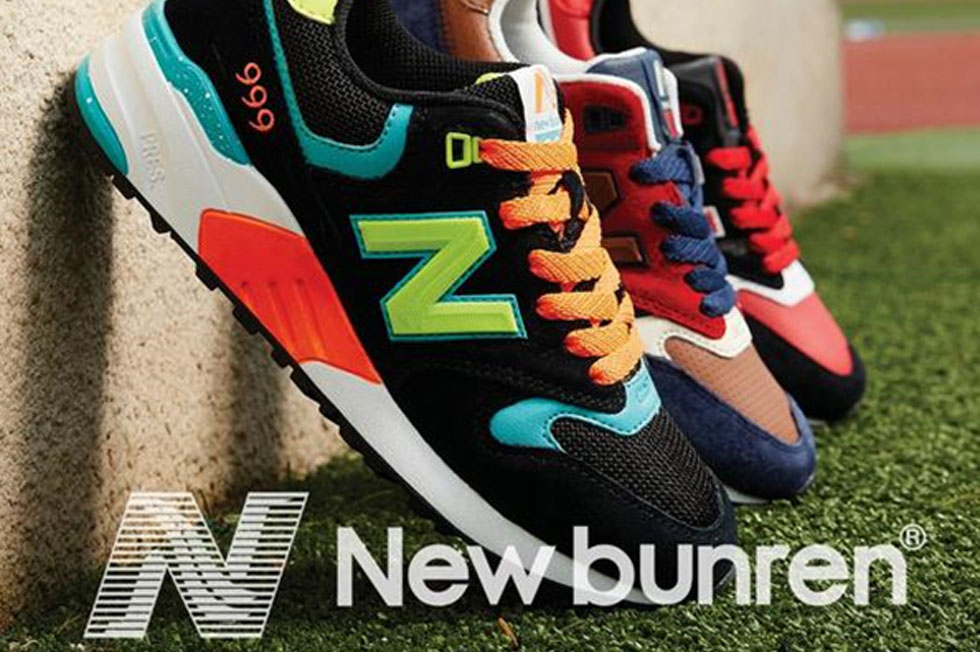There is an epidemic in the world of counterfeiting you may not be familiar with: the parasite brand.
What is a parasite brand?
Faced by nearly every famous brand that sells product in China, the parasite brand looks and feels like a counterfeit, but does not directly call itself by the brand name. In fact, the average consumer might be hard-pressed to notice a difference outside of this single distinction.
Parasite brands feed off their “host brand” (or famous counterpart) to play on consumer confusion. This tactic works especially well in Chinese cities where there is a major appetite for U.S. brands and where the parasite-owners can popularize the product with incredible speed—often upon unsuspecting consumers.
Take New Balance’s parasite New Bunren, for example. New Bunren’s product mimics just about every detail behind New Balance’s famous footwear brand—except the name. The New Bunren shoemakers even went so far as to copy New Balance’s heritage story, claiming that their Chinese company was also founded in 1906.
And parasites don’t stop there. They even imitate the storefront interiors of the well-known brands they feed off. For example, look no further than Qiaodan Sports. While Qiaodan is the Chinese transliteration of Michael Jordan, the Chinese company has no connection whatsoever to Nike’s Air Jordan brand. But if the unsuspecting consumer walked into one of the 6,000 Qiaodan retail locations across China, he or she would undoubtedly make a connection—even if only momentarily—to Nike’s extremely popular sneaker line.
Why have parasite brands thrived in China?
For many brands, the lack of protection of intellectual property rights in China has been an ongoing issue.
In China, trademarks are registered to whomever files paperwork first. Unlike in many other countries, individuals registering trademarks in China do not have to provide an explanation for their trademark applications. For this reason, trademark squatters usually register trademarks with bad intent. Additional loopholes in Chinese trademark laws have also contributed to the existence of parasite brands.
What are best practices for defending against parasite brands?
While there have been some positive developments recently when it comes to parasite brands—mostly through the Chinese court system—the American Apparel & Footwear Association (AAFA) believes that the Chinese government can do more to address this issue. As the voice of the industry in Washington, D.C., AAFA has brought the issue of parasite brands to the attention of the Office of the U.S. Trade Representative (USTR) as well as the Office of the U.S. Intellectual Property Enforcement Coordinator (IPEC) on behalf of our member brands.
It is also important for brands to take proactive measures. Below are best practices that we encourage our members to follow when defending against parasite brands.
- Be on the LookoutIt is important for brands to be on the lookout on all channels for parasites—from brick and mortar storefronts in China to e-commerce sites and social media platforms. This means hiring investigators to regularly survey and review these markets for parasite brands. Some companies behind parasite brands have even become more brazen recently by, for example, seeking to register their parasite brands with the U.S. Patent and Trademark Office (PTO). Therefore, it is also important for brands to actively monitor current applications filed with the PTO.
- Take Parasite Brands to CourtThe Chinese court system has proven successful for our member brands. Under Armour filed lawsuit against Tingfeilong Sporting Goods, the Chinese sports manufacturer behind the parasite brand Uncle Martian. In June 2017, a Chinese court issued an injunction requiring Tingfeilong to stop using the Uncle Martian trademarks, destroy all infringing products, and pay 2,000,000 Yuan Renminbi (RMB) in damages.
In summer 2016, New Balance filed lawsuits against its three largest parasite brands: New Bunren, New Barlun, and New Boom. In August 2017, a Chinese court ruled that three shoemakers behind New Boom must pay New Balance $1.5 million in damages and legal costs for infringing the company’s signature block “N.” New Balance was awarded the highest IP damages ever by a foreign company (the full $1.5M USD).
While Chinese courts do not follow precedent, they usually follow trends. Therefore, it is likely that these decisions will have an impact on future cases involving parasite brands.
AAFA’s Brand Protection Council (BPC) focuses its efforts on the global war against counterfeit apparel, footwear, accessories, and other supplier products. If you have any perspectives on parasite brands that you would like to share with us or would like to learn more about the BPC, please contact Steve Lamar at slamar@aafaglobal.org and Christina Mitropoulos at cmitropoulos@aafaglobal.org.
Christina Mitropoulos
Government Relations Representative
American Apparel & Footwear Association (AAFA)
cmitropoulos@aafaglobal.org









Add Comment